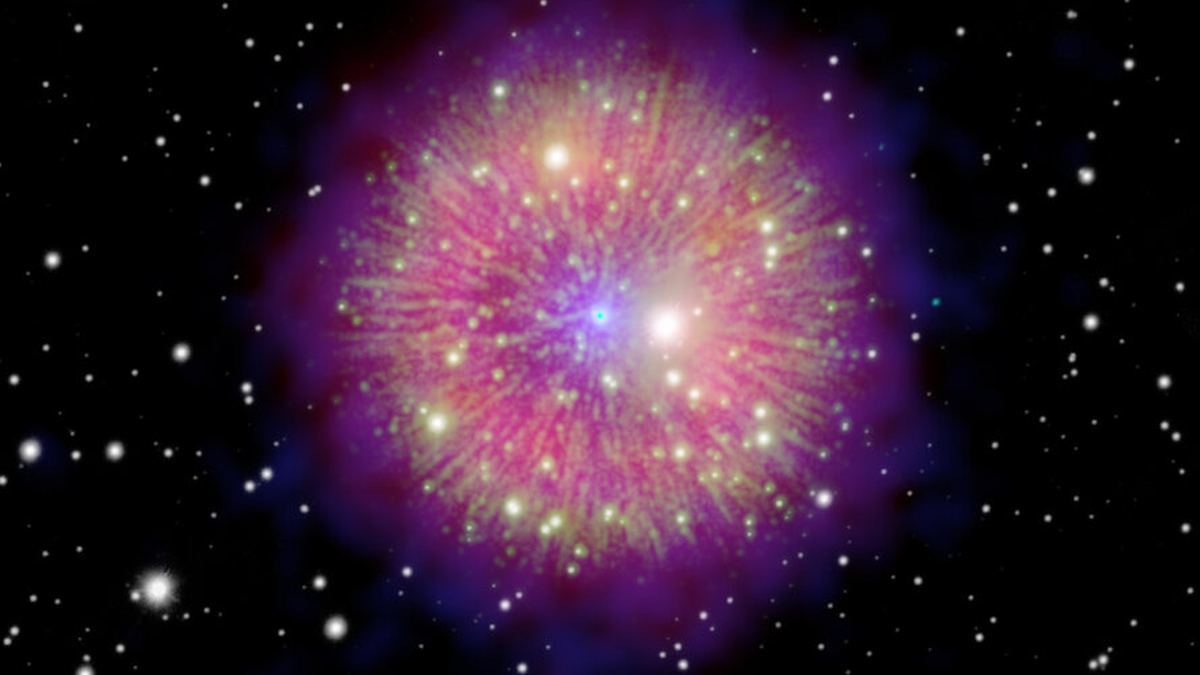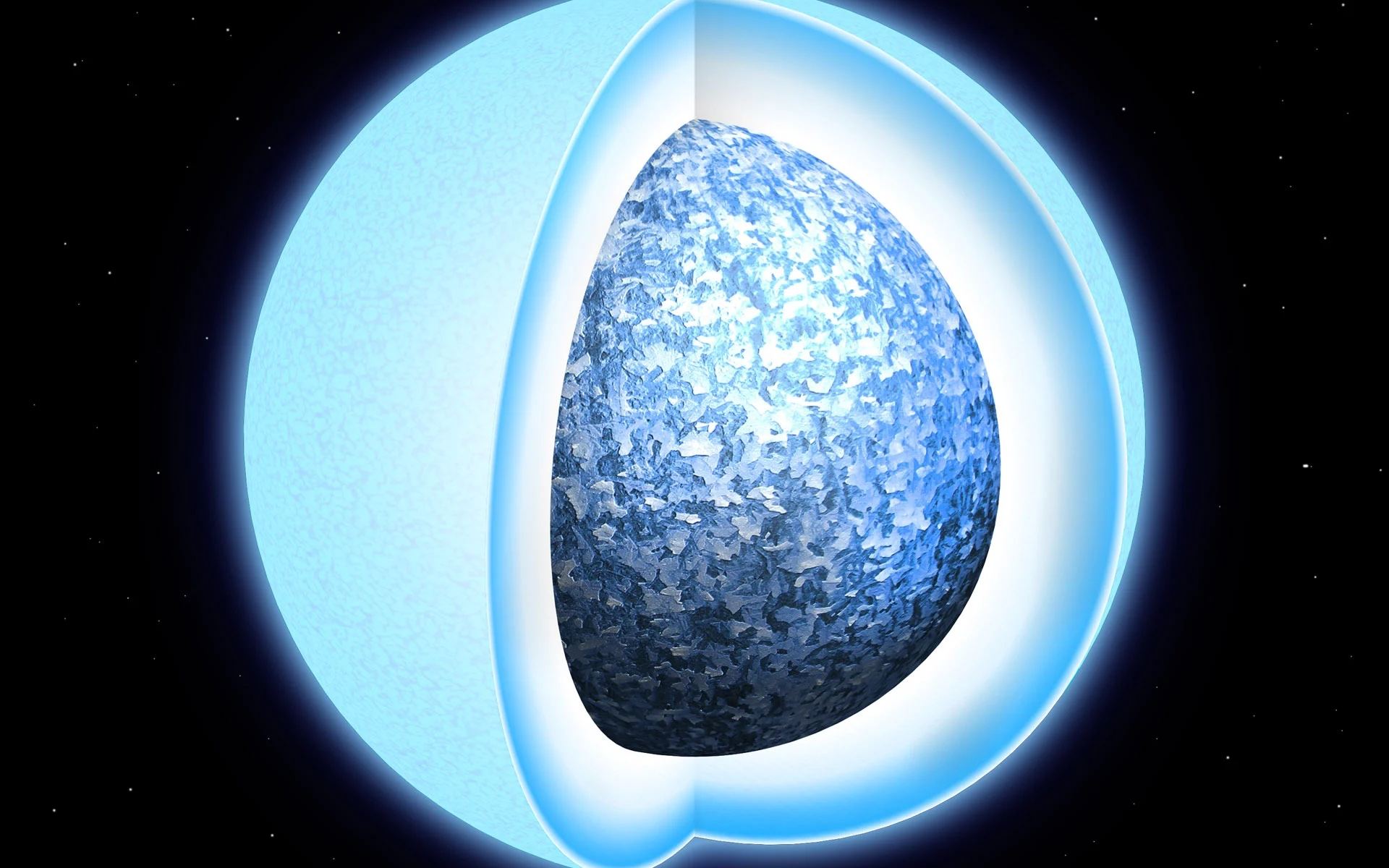In a few billion years, our Sun will die. It will first enter a red giant stage, swelling in size to perhaps the orbit of Earth. Its outer layers will be cast off into space, while its core settles to become a white dwarf. Life on Earth will boil away, and our planet itself might be consumed by the Sun. White dwarfs are the fate of all midsize stars, and given the path of their demise, it seems reasonable to assume that any planets die with their sun. But the fate of white dwarf planets may not be lifeless after all.
Continue reading “White Dwarfs Could Have Habitable Planets, Detectable by JWST”White Dwarfs Could Have Habitable Planets, Detectable by JWST









